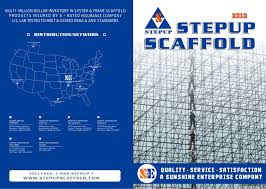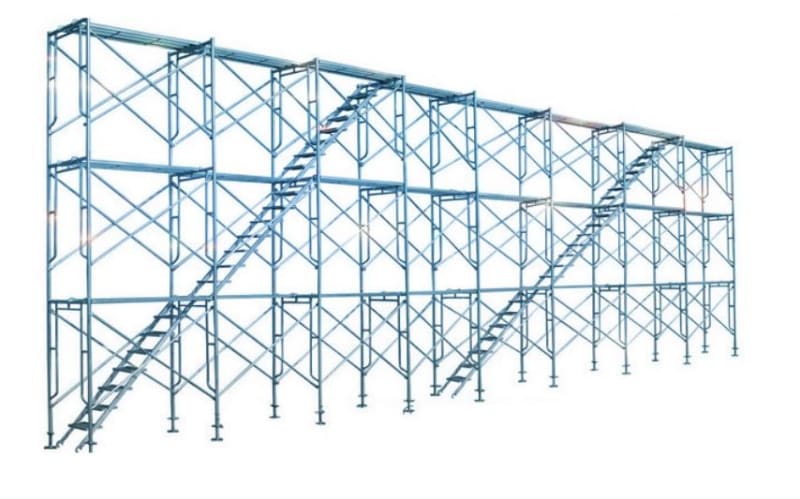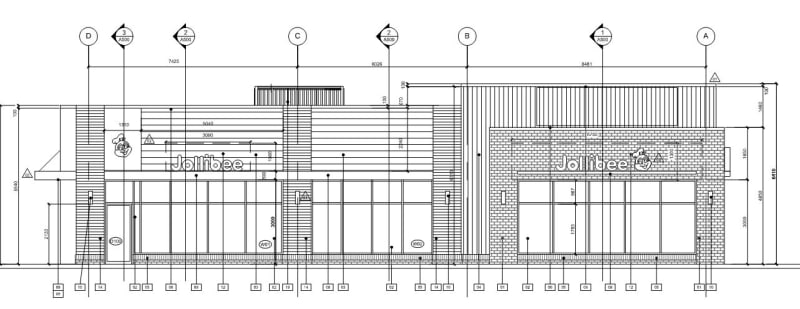Some thoughts from a former scaffold engineer -
Often scaffold ties are push-pull, with either a 2x4 or 2" nominal pipe compression member, paired with a tie wire tension element. In the States, for unenclosed scaffolds, OSHA 1926 has a number of prescriptive minimum guidelines for laterally tying the scaffold (methods, spacing etc.), but for enclosed scaffolds, the criteria basically just states to ensure it can withstand the imposed lateral loads.
In terms of technical data on frame scaffolds, I am unaware of any manufacturer who provides any information on how the frames might resist lateral loads (though I have been out of the business for awhile). In my experiences, enclosed exterior scaffolds designs largely glossed over the frame analysis and focused on the ties and enclosure material only. And in some cases, I believe that the enclosure material was designed to "break away" under certain wind criteria, with the use of clips that snapped over the frame legs. Another trick at dealing with the wind loads is to prevent workers from using the system when winds reach a certain threshold. Often, the tie back design was created with input the scaffold erectors, though I do remember at least one project where the enclosed system blew over (contractor enclosed after we had erected the system, without our knowledge).
From the analysis perspective, systems scaffolds (independent vertical legs and horizontals with end fittings) can be much easier to address (often with better technical information), but they are typically more expensive, and take longer to install.

 ]
]



